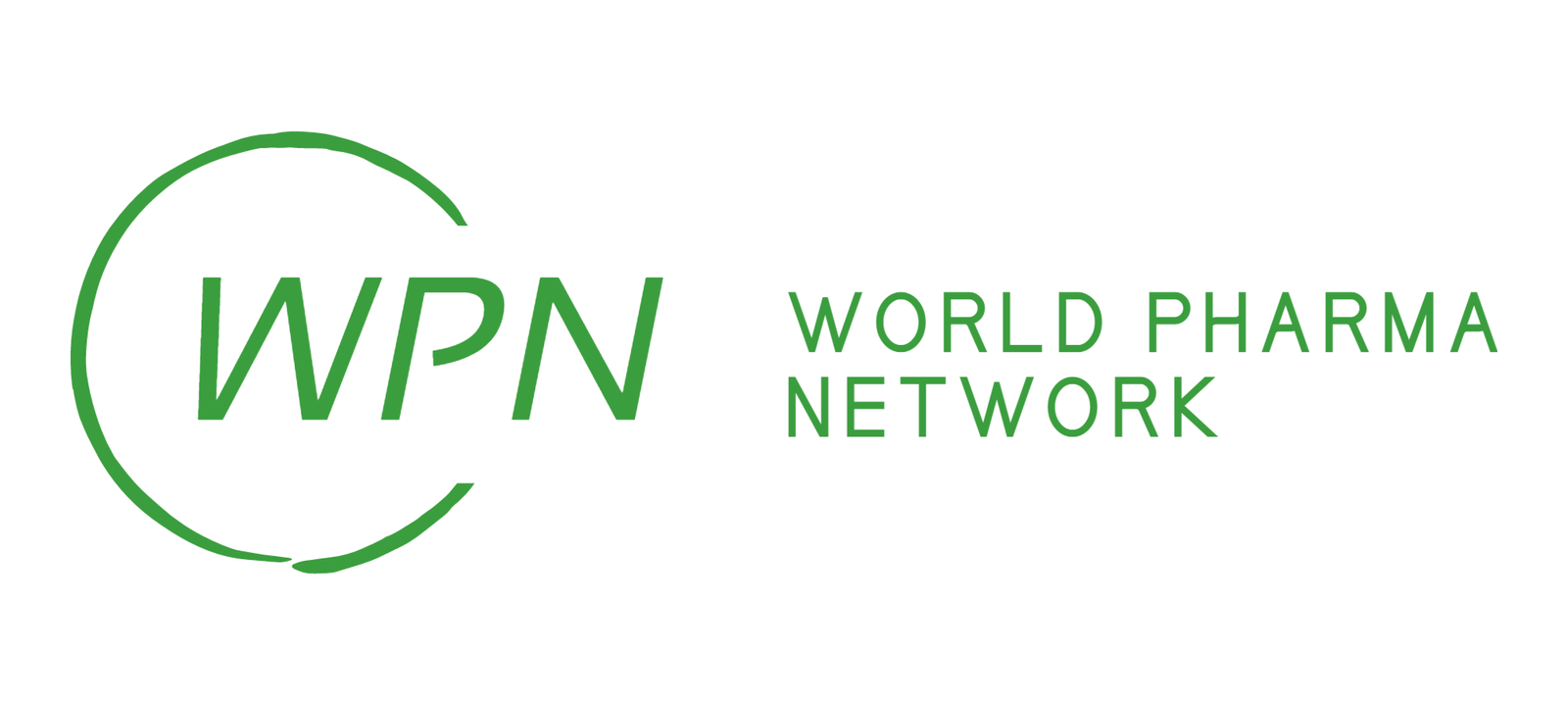- February 15, 2021
- / by RaviSharma
A medical team with multi-disciplinary specialists work together to treat cancer patients. Apart from doctors, oncology nurses, physician assistants, dietitians, counselors, pharmacists, and others are part of the medical team. The treatment outcome often depends upon the quality of treatment offered at the initial phase. Therefore, early diagnosis and an experienced medical team both are important for cancer treatment.
 The leukemia treatment plan depends upon a variety of factors like morphology of cancer cell, a subtype of leukemia, cytogenetics of AML, possible side effect of treatment, age, and overall health condition of patient and patient’s preference. Following are different treatment options for leukemia:
The leukemia treatment plan depends upon a variety of factors like morphology of cancer cell, a subtype of leukemia, cytogenetics of AML, possible side effect of treatment, age, and overall health condition of patient and patient’s preference. Following are different treatment options for leukemia:
Intensive chemotherapy
Chemotherapy is a combination of medications used to cease the cancerous cell divisions and destroy the cancer cells’ growth. An oncologist or hematologist is administering the chemotherapy through a parenteral or oral route so that the drug reaches the cancer cells through the bloodstream. Chemotherapy is one of the primary treatment options for leukemia. Following are different routes of administration of chemotherapy:
- Chemotherapy can be given through the intravenous route by placing an IV tube placed into a vein by using a needle. Central venous catheter or port need to place in case of intravenous infusion given into a larger vein.
- An injection is given to the cerebral spinal fluid
- The oral route is also used for pill or capsule dosage forms
- Subcutaneous injection is given under the skin
A series of chemotherapy cycles are given over a period of time. Sometimes only one medicine or combination of medicines are given during each cycle.
There are three phases of chemotherapy used for leukemia including induction, post-remission, and consolidation.
Induction therapy is the first phase of chemotherapy after the diagnosis of leukemia. This phase aims to normalize the blood count, no further finding of leukemia in a bone marrow sample, sign, and symptomatic relief of leukemia. The drug of choice in induction therapy is a combination of cytarabine for 4 to 7 days, and an anthracycline drug-like daunorubicin or idarubicin is given for 3 days. Hydroxyurea also prescribes to reduce white blood cell counts. Apart from this combination, the doctor may prescribe some other drugs in induction therapy.
Post-remission therapy: This therapy is started after the completion of induction therapy. This therapy aims to destroy remaining blood cancer cells that could not be detected through medical tests. This therapy is necessary to reduce the scope of recurrence. In some patients, bone marrow or stem cell transplantation is recommended. These treatment regimens are considered as a part of post-remission therapy.
Consolidation therapy: Consolidation therapy comprises chemotherapy or stem cell transplantation.
Two to four rounds of a high or intermediate dose of intensive chemotherapy like cytarabine are given to younger adults for remission. Different regimens are also used for older patients. Chemotherapy is given to hospitals and patients can go back to their home for recovery.
If chemotherapy alone cannot provide an effective result, then bone marrow/ stem cell transplantation is recommended as consolidation therapy for younger patients for a better treatment prognosis.
Stem cell transplantation/bone marrow transplantation.
Bone marrow which contains leukemia is replaced by using hematopoietic stem cells. These highly specialized cells can develop healthy bone marrow. Currently, the advanced medical procedure for this technique is termed as stem cell transplant, rather than bone marrow transplant. In this medical process, the stem cells present in the blood are transplanted, but not the actual bone marrow tissue. Two types of stem cell transplantations present are allogeneic (ALLO) and autologous (AUTO). Donated stem cells are used in ALLO, whereas, the patient’s stem cells are used in AUTO. Commonly ALLO stem cell transplantation is comply used in leukemia.
Targeted therapy
Target therapy targets specific genes, proteins, or tissue that reinforce the leukemia progression. This type of treatment stops the leukemia growth and spreading of cancer to healthy cells.
Doctors usually have done detailed diagnostic tests to identify the specific genes, proteins, and other factors that influence tumor progression, as the same target not responsible for every cancer progression. Depending upon the gene mutation targeted treatments for leukemia cells are prescribed such as:
- Enasidenib is prescribed for leukemia patients with an IDH2 mutation.
- Gilteritinib is prescribed for leukemia patients with an FLT3 gene mutation.
- Ivosidenib (Tibsovo) is prescribed for leukemia patients with an IDH1 gene mutation.
- Midostaurin (Rydapt) prescribed for leukemia patients with an FLT3 gene mutation.
Doctors usually recommended the best possible treatment considering individual patient’s factors and the side effect burden of the treatment.
Radiation therapy
High energy X-rays present in radiation therapy can destroy the cancer cells. External beam radiation therapy is a common type of radiation therapy in which radiation is given through a machine from outside of the body. Radiation therapy is given through a series of regimen which is completed over a certain period. The treatment aims to shrink the tumor size. Stomach upset, fatigue, loose bowel passage, and mild skin reaction are common side effects of radiation therapy. But the side effects diminish after finishing the treatment regimen.
Apart from these treatment modalities, the doctor may prescribe additional treatment to provide symptomatic relief or for coping with the side effects of the treatment.
Reference
https://www.cancer.net/cancer-types/leukemia-acute-myeloid-aml/treatment-options
